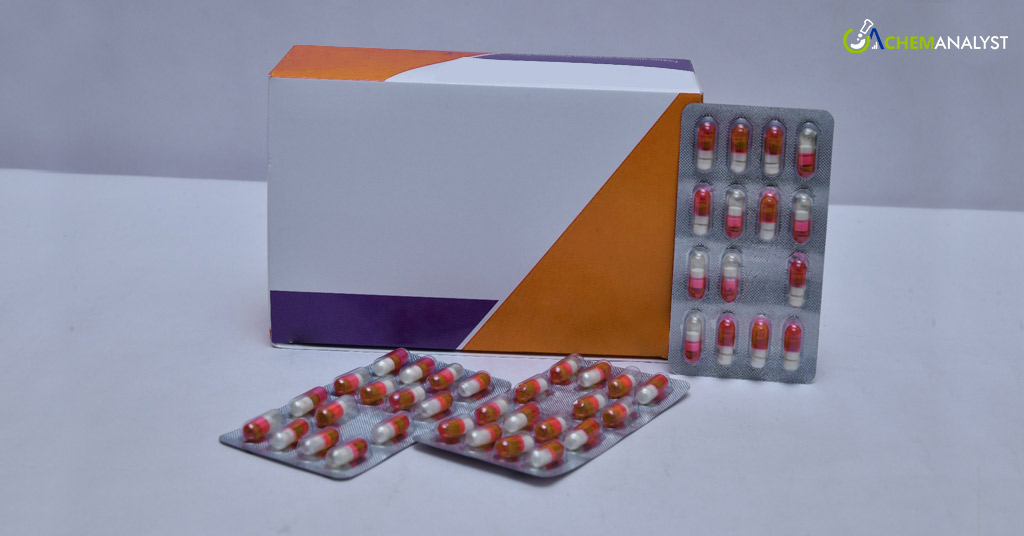Welcome To ChemAnalyst

The prices of Omeprazole, a widely used medication for managing acid reflux and related gastrointestinal disorders, are projected to decline in major Western markets, including the USA and Europe, by the end of December 2024. This anticipated drop follows the downward trends observed over the previous month, driven by a combination of weakening demand, ample supply, and broader economic pressures.
One of the primary factors behind the decline is the excessive inventory levels resulting from large-scale stockpiling by distributors and manufacturers earlier in the year. Anticipating robust demand, many market participants overstocked their warehouses, leading to an oversupply that is now depressing Omeprazole prices. With warehouses filled, wholesalers and retailers have significantly reduced new purchases, further dampening demand and accelerating the price drop for Omeprazole.
Compounding the situation, major production hubs such as India and China have continued to ramp up manufacturing output despite waning international demand. This overproduction, coupled with aggressive pricing strategies from exporters, has added downward pressure on Omeprazole prices. Exporters are also struggling to secure substantial overseas orders as surplus inventories in importing nations like the USA and Europe deter additional purchases.
In the United States, the Omeprazole market has been significantly influenced by President-elect Trump’s proposal to impose tariffs exceeding 60% on Chinese goods. Anticipating these tariffs, as well as a potential strike by the International Longshoremen's Association (ILA) in January, U.S. importers accelerated stockpiling to mitigate expected cost increases. This preemptive purchasing led to an oversupply, which has reduced immediate demand and exerted downward pressure on Omeprazole prices. In response, distributors are adopting increasingly aggressive pricing strategies to clear surplus inventories. As a result, substantial price reductions are expected by the end of December, as companies aim to meet year-end sales targets.
In Europe, the Omeprazole market faces similar challenges, including oversupply, subdued consumer demand, and intense pricing competition. High inventory levels among wholesalers, who had previously stockpiled in anticipation of increased demand, have made them hesitant to place new orders. This hesitancy has led to price reductions as distributors work to clear excess stock. Additionally, weak economic sentiment across the Eurozone, driven by persistent inflation and high living costs, has constrained consumer spending, further dampening demand and contributing to the Omeprazole price decline.
The West, which imports a significant portion of its Active Pharmaceutical Ingredients (APIs), including Omeprazole, from China, may see some short-term price fluctuations. As the Chinese Lunar New Year approaches in early 2025, market participants are likely to place orders in advance to ensure a stable supply during the holiday season, when factory closures in China can disrupt production. This preemptive ordering may lead to a slight uptick in Omeprazole prices at the start of the year, driven by increased demand for APIs and potential supply shortages during the holiday period.
We use cookies to deliver the best possible experience on our website. To learn more, visit our Privacy Policy. By continuing to use this site or by closing this box, you consent to our use of cookies. More info.
